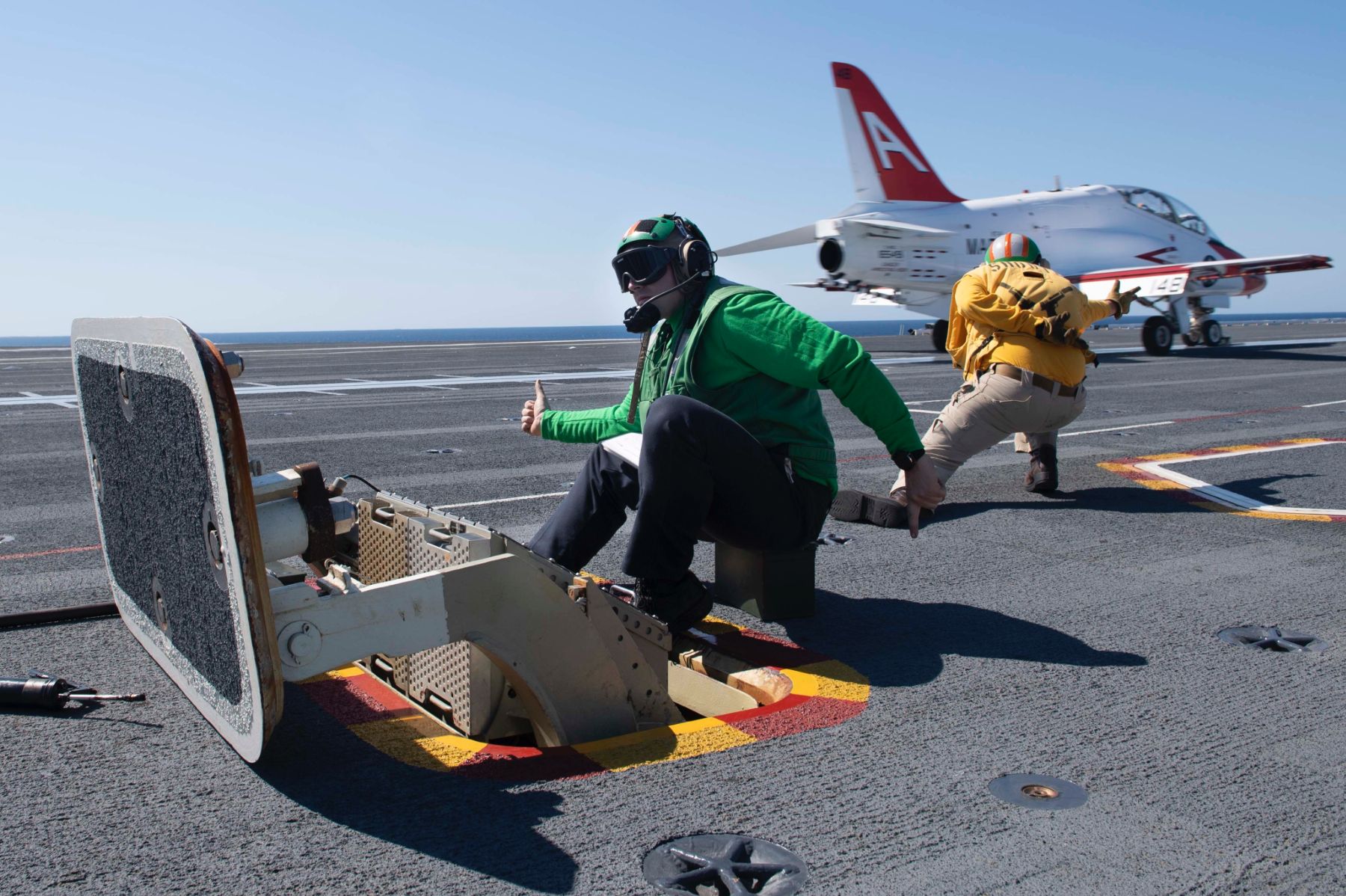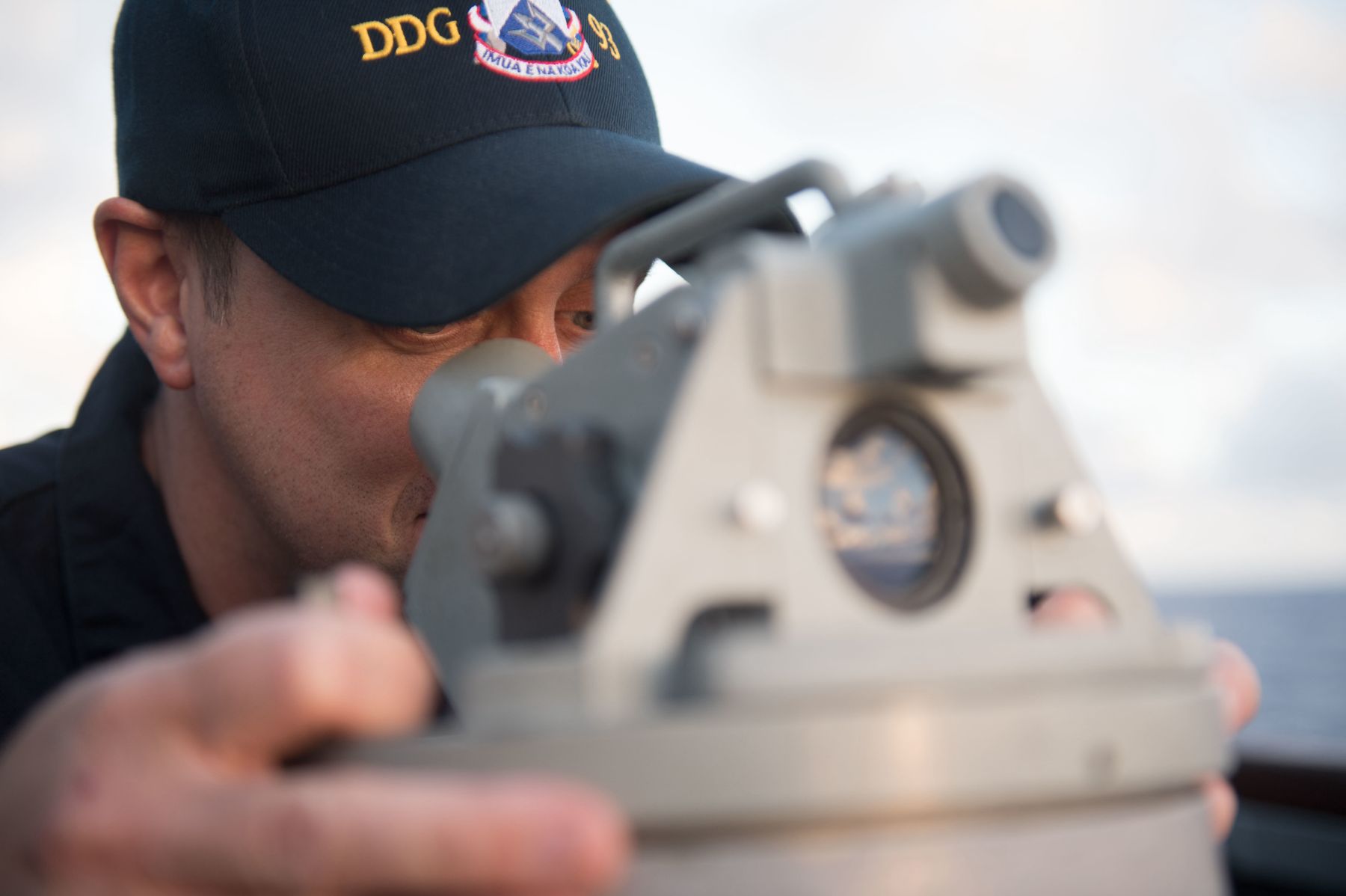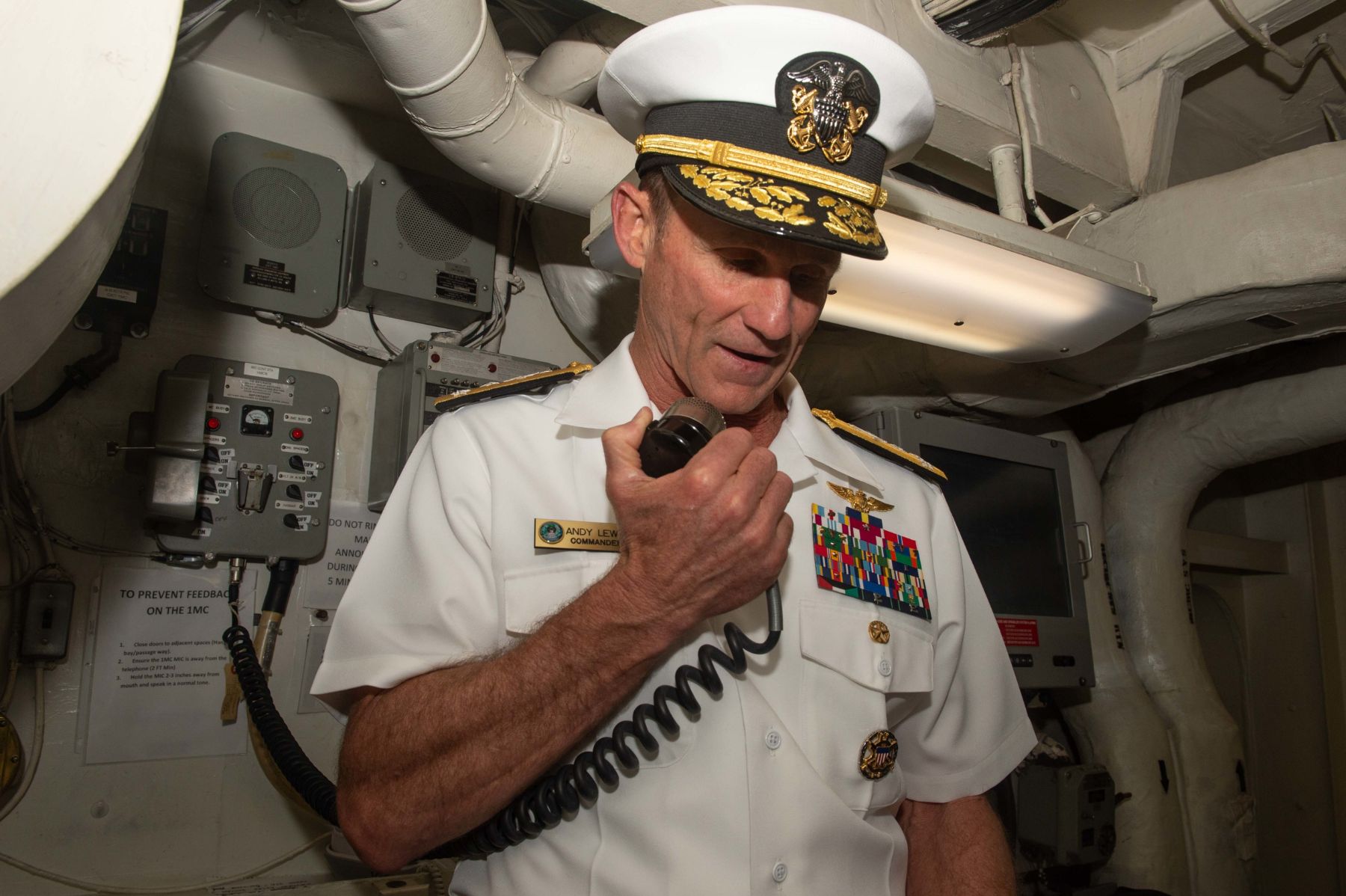
US Navy Ranks
The United States Navy has the mission of ensuring free trade on the high seas, defending U.S. interests abroad, and defending the United State and its territories. As a highly specialized force, enlisted ranks reflect time in service as well as technical proficiency and their level of administrative responsibility.
The rank structure of the US Navy is divided into four basic categories: Enlisted ranks, Warrant Officer ranks, Limited Duty Officers, and Unrestricted Line Officer ranks. Each of these ranks fulfill various jobs, responsibilities, and levels of leadership within the Fleet. Each rank and rating within the US Navy is an indication of their technical expertise, and leadership responsibility.

ENLISTED RATINGS
Unlike the other services which use a rank structure, the Navy has a Rate structure which is seen in the rating badge worn on their uniform and by the color of the stripes on junior enlisted personnel in the Apprentice rates of E-1 to E-3. These colors are White for Seaman, Green for Airman, Red for Fireman and light blue for Constructionman.
Seaman Recruit (E-1)
Seaman Apprentice (E-2)
Seaman (E-3)
Petty Officer Third Class (E-4)
Petty Officer Second Class (E-5)
Petty Officer First Class (E-6)
Chief Petty Officer (e-7)
Senior Chief Petty Officer (E-8)
Master Chief Petty Officer (E-9)
Fleet/Command Master Chief Petty Officer (E-9)
Master Chief Petty Officer of the Navy (E-9)

CHIEF WARRANT OFFICERS AND LIMITED DUTY OFFICERS
Senior enlisted sailors are able to apply for commissioning as Warrant Officers or Limited Duty Officers. Limited Duty Officers are specialists in fields like medicine and dentistry, and their command authority within the Navy is limited to their area of specialization. They are permitted to stay in this area of specialization for their entire career. Chief Warrant Officers are highly trained and experienced in certain technical areas like weapons, propulsion, and avionics. They are able to hold command levels of responsibility within departments related to their specialties. They are permitted to stay in this area of specialization for their entire career.
USN Warrant Officer 1 (WO1)
USN Chief Warrant Officer 2 (CWO2)
USN Chief Warrant Officer 3 (CWO3)
USN Chief Warrant Officer 4 (CWO4)
USN Chief Warrant Officer 5 (CWO5)

OFFICER RANKS
Commissioned Naval Officers represent the management and leadership of the U.S. Navy and Reserves. Generally, they possess a four-year college degree. Their career track is a series of assignments of ever-increasing responsibility and technical training with the goal of that officer taking command of the various ships, fleets, air squadrons, air wings, and land bases of the Navy.











